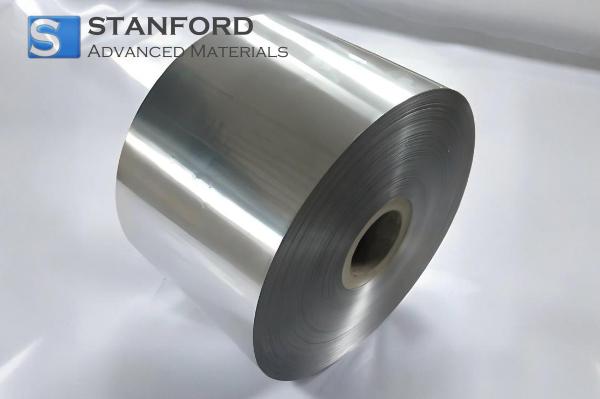Platinum: Element Properties And Uses
Description
Platinum (Pt) is a dense, corrosion‐resistant, silvery‐white metal used in jewellery, catalysts and medical devices. It is durable and malleable and is employed in industrial applications and for investment purposes.
Introduction to the Element
Platinum is one of the most studied elements in the periodic table due to its rarity and distinctive properties. Known for its inert behaviour and corrosion resistance, platinum was first detected by European researchers during the 18th century, who noted its unusual characteristics. Since that time, it has been used in the jewellery industry and as a key component in various technical applications.
Description of Chemical Properties
Platinum exhibits several chemical properties that render it indispensable for many chemical processes. The metal is notably inert and is therefore employed as a catalyst in chemical reactions. It maintains its form and does not readily combine with other elements, even under conditions in which other metals oxidise.
Furthermore, platinum withstands high temperatures and strong acids, thereby making it suitable for use in harsh environments. Its low reactivity and high corrosion resistance allow for its prolonged use in industrial processes.
Table of Data on Physical Properties
|
Property |
Value |
|
Atomic Number |
78 |
|
Atomic Mass |
195.08 g/mol |
|
Density |
21.45 g/cm³ |
|
Melting Point |
1768.3 °C |
|
Boiling Point |
3825 °C |
For further information, please refer to Stanford Advanced Materials (SAM).
Common Uses
The combination of platinum’s properties has led to its utilisation in numerous sectors.
lPlatinum is used in vehicle catalysts, where it accelerates the oxidation of pollutants, thereby reducing harmful emissions.
l Furthermore platinum has become favoured for the manufacture of high‐quality jewellery because it does not tarnish.
l In addition platinum is employed in laboratory equipment, electrical contacts and in various components within the chemical industry.
Preparation Methods
The processing of platinum involves several stages that convert raw ore into refined metal. Typically, platinum is sourced from ores that contain mixtures of platinum‐group metals. The process begins with the mining operation wherein the ore is blasted and subsequently crushed and milled. Given that, concentration techniques such as flotation and smelting are applied to separate the valuable metals from the gangue.
After extraction, further refinement is required to attain a high level of purity. The refined platinum is often produced by chemical treatments and electrolytic procedures. These preparation methods ensure that the final product meets the rigorous requirements set for various industrial applications.
Frequently Asked Questions
What are the main applications of platinum?
Platinum is used in catalysts, jewellery, laboratory equipment and high‐performance electronic components.
How is platinum typically extracted from its ores?
The extraction process involves mining, crushing, milling, flotation and smelting, followed by chemical and electrolytic refinement.
Why is platinum preferred in industrial catalytic processes?
Due to its high corrosion resistance, inert behaviour and capacity to withstand extreme conditions, it is utilised as a catalyst.
What makes platinum a valuable material for the jewellery industry?
Its lustrous appearance, durability and resistance to tarnish have led to its use in quality jewellery pieces.
How do the refining processes affect the quality of platinum?
Efficient extraction and refining techniques ensure a high degree of purity and consistency, which are critical for both industrial and decorative applications.

 Bars
Bars
 Beads & Spheres
Beads & Spheres
 Bolts & Nuts
Bolts & Nuts
 Crucibles
Crucibles
 Discs
Discs
 Fibers & Fabrics
Fibers & Fabrics
 Films
Films
 Flake
Flake
 Foams
Foams
 Foil
Foil
 Granules
Granules
 Honeycombs
Honeycombs
 Ink
Ink
 Laminate
Laminate
 Lumps
Lumps
 Meshes
Meshes
 Metallised Film
Metallised Film
 Plate
Plate
 Powders
Powders
 Rod
Rod
 Sheets
Sheets
 Single Crystals
Single Crystals
 Sputtering Target
Sputtering Target
 Tubes
Tubes
 Washer
Washer
 Wires
Wires
 Converters & Calculators
Converters & Calculators
 Write for Us
Write for Us




 Chin Trento
Chin Trento



